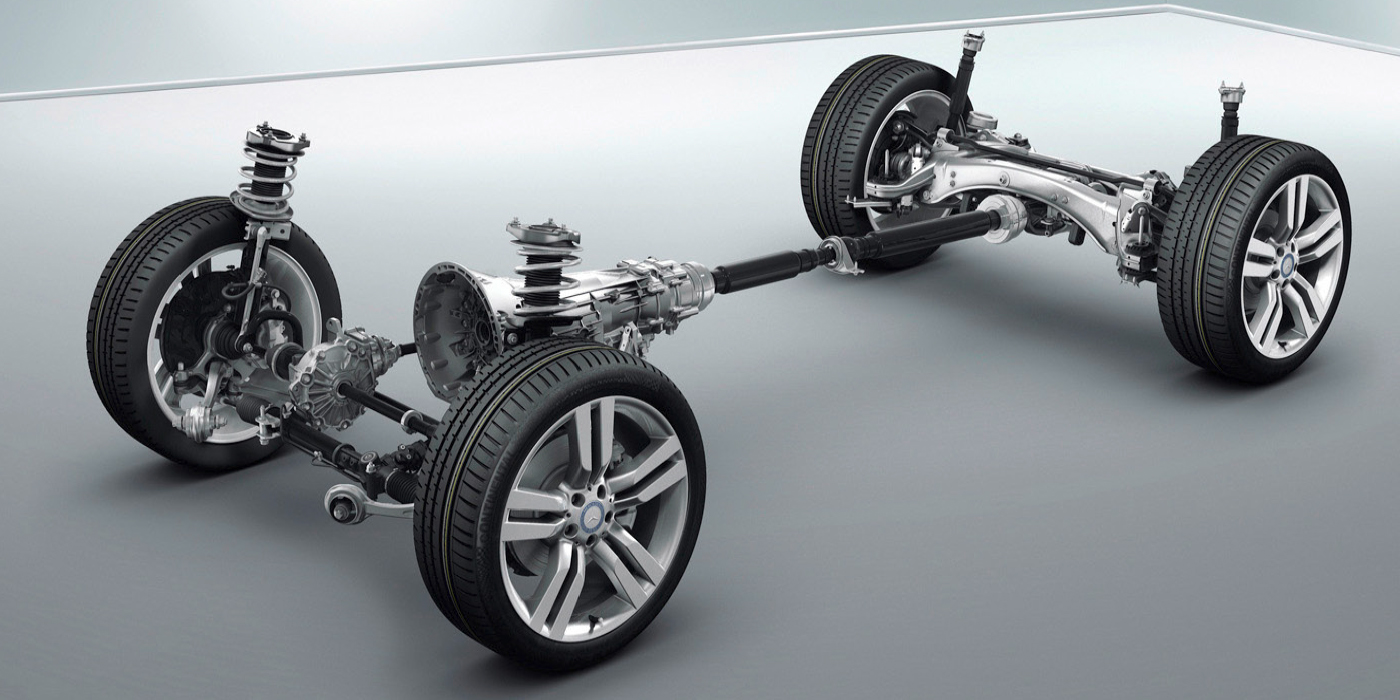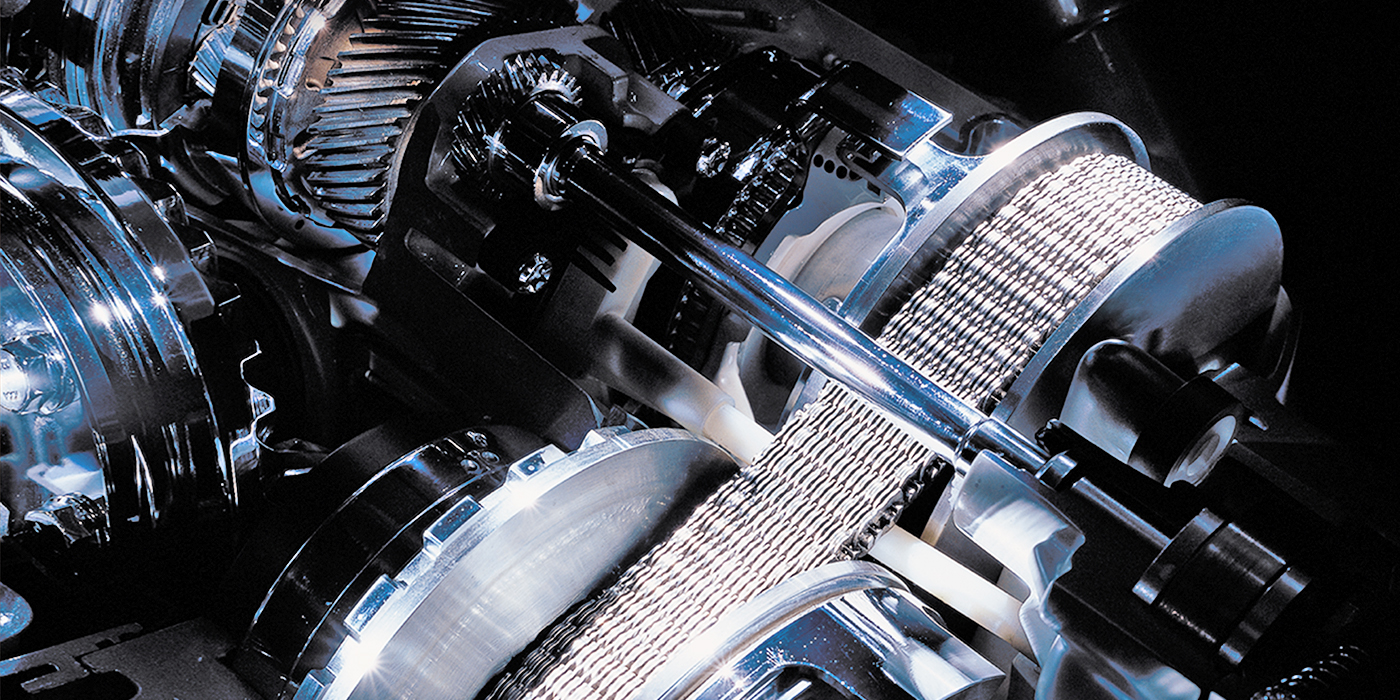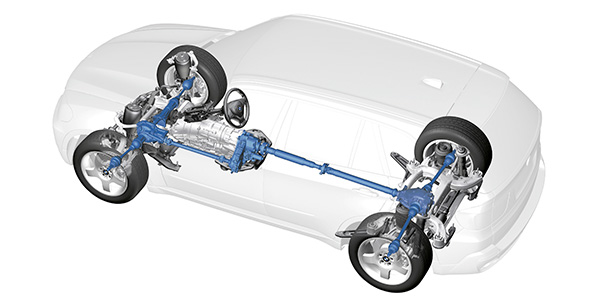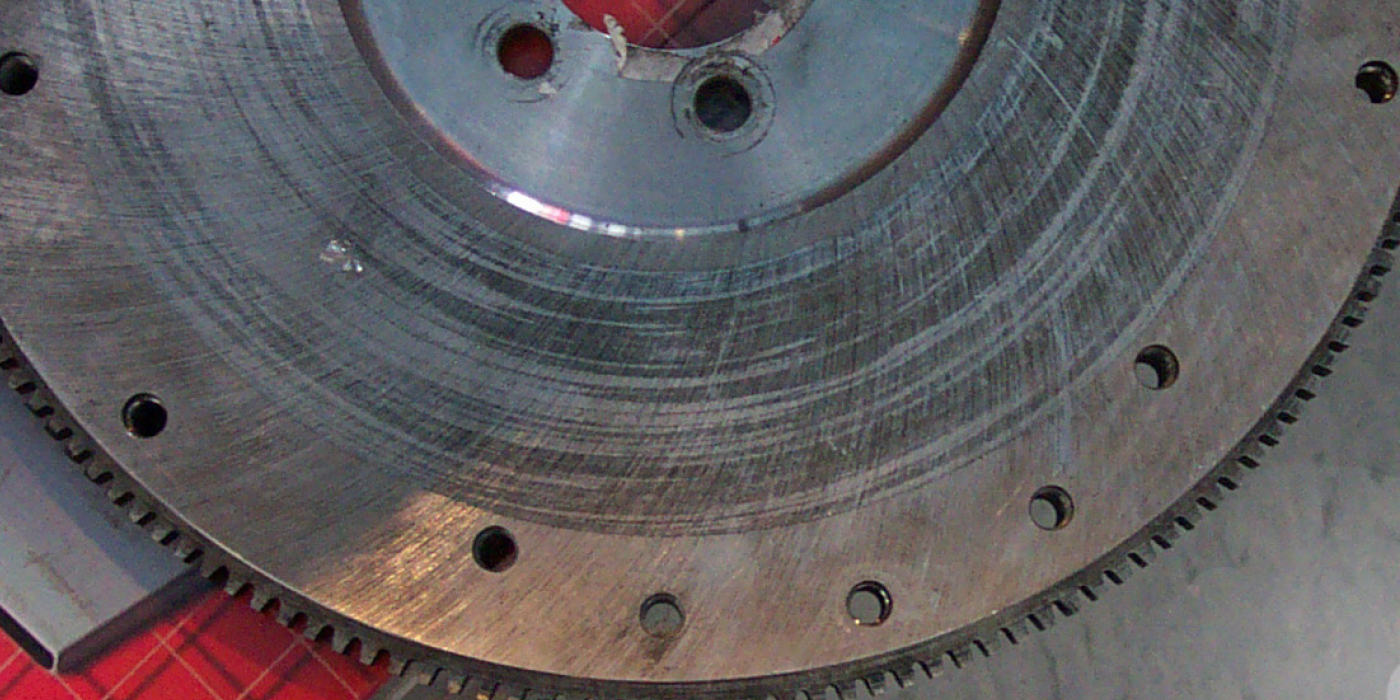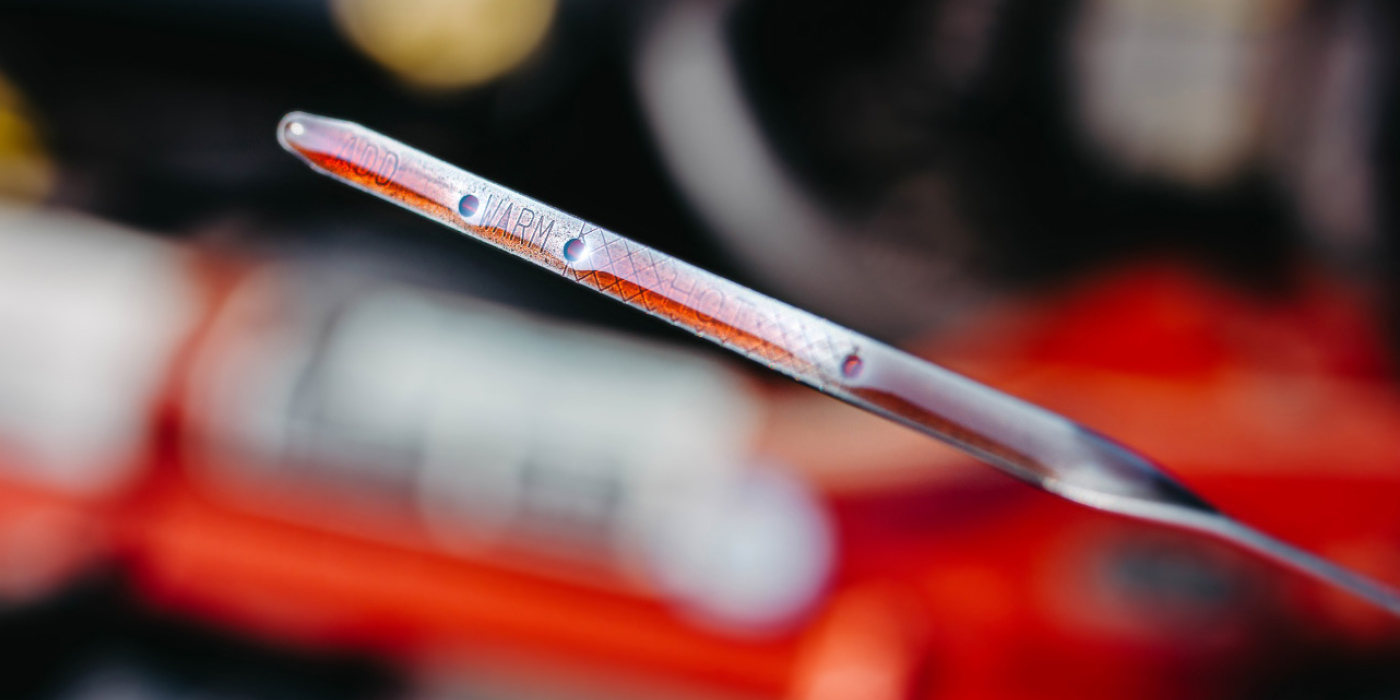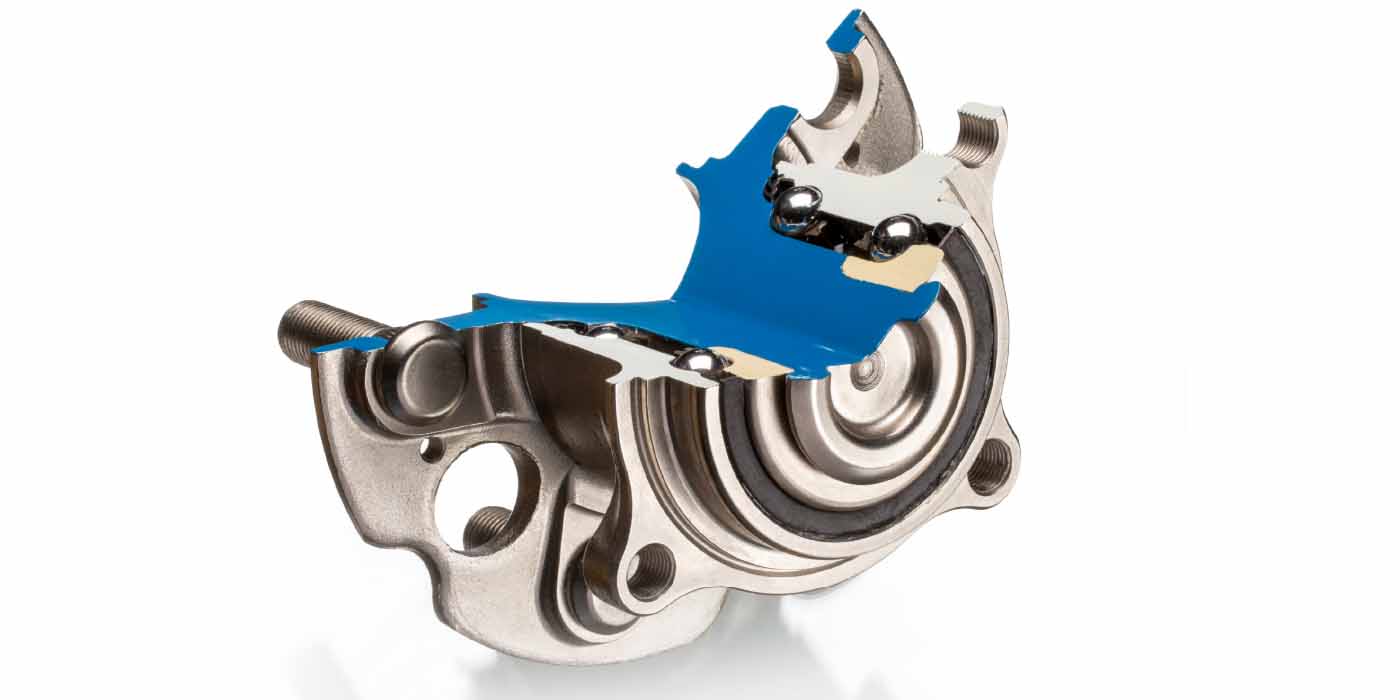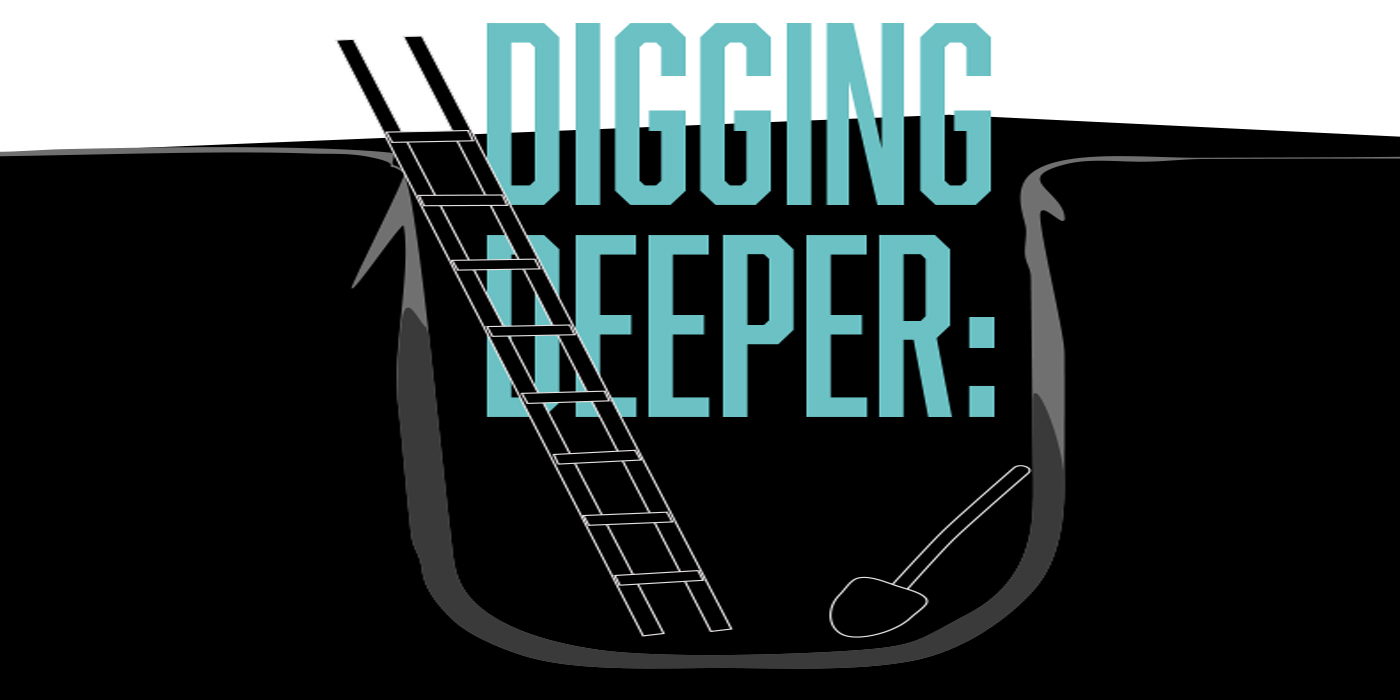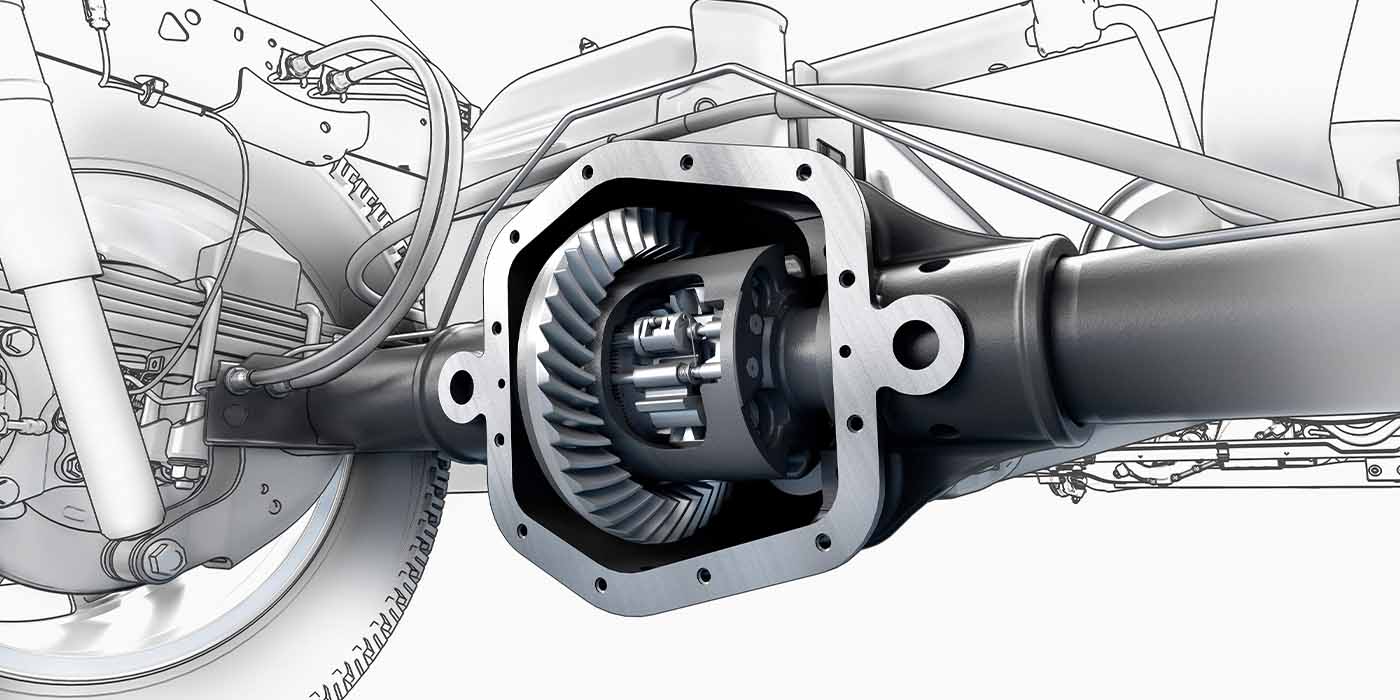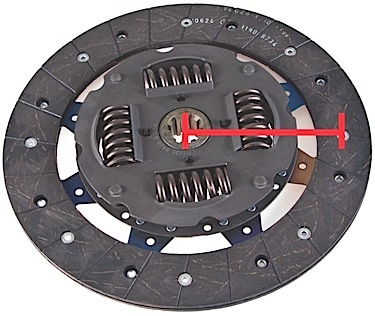 When automotive technicians order parts for a repair job they know they need the right part, and a quality part as well.
When automotive technicians order parts for a repair job they know they need the right part, and a quality part as well.
So it’s just a common procedure of any repair job that technicians will inspect the new part to make sure it is a correct part as well as a quality part, without any visual or functional flaws that would lead to a poor repair job and a customer comeback.
Many newer-design clutch friction discs are designed with a thinner band of friction material than the original disc that came in the vehicle.
The thinner band of material on the newer design may seem like a bad thing to some technicians as they compare the new and original parts that came out of the vehicle.
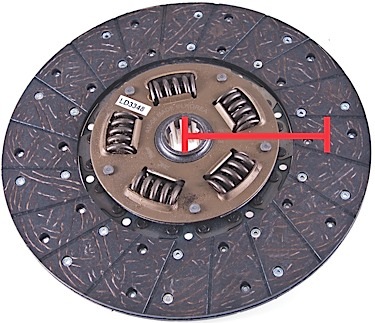
Conventional thinking would be that “more is better;” more friction material will mean a stronger clutch.
The active radius of a friction disc is defined as the distance from the center of the disc’s splined hub to the center of the friction material.
So, by using a thinner band of friction material on the disc, the active radius will be increased.
The active radius can be thought of as a lever. The longer the lever, the easier it is to move a given load.
The above images illustrate how a thinner band of friction material will increase active radius and, therefore, the torque capacity of a clutch.
The disc on the top has a thinner band of friction material than the disc on the right.
This will increase the active radius and torque capacity of a clutch.
Courtesy of Schaeffler Automotive Aftermarket




